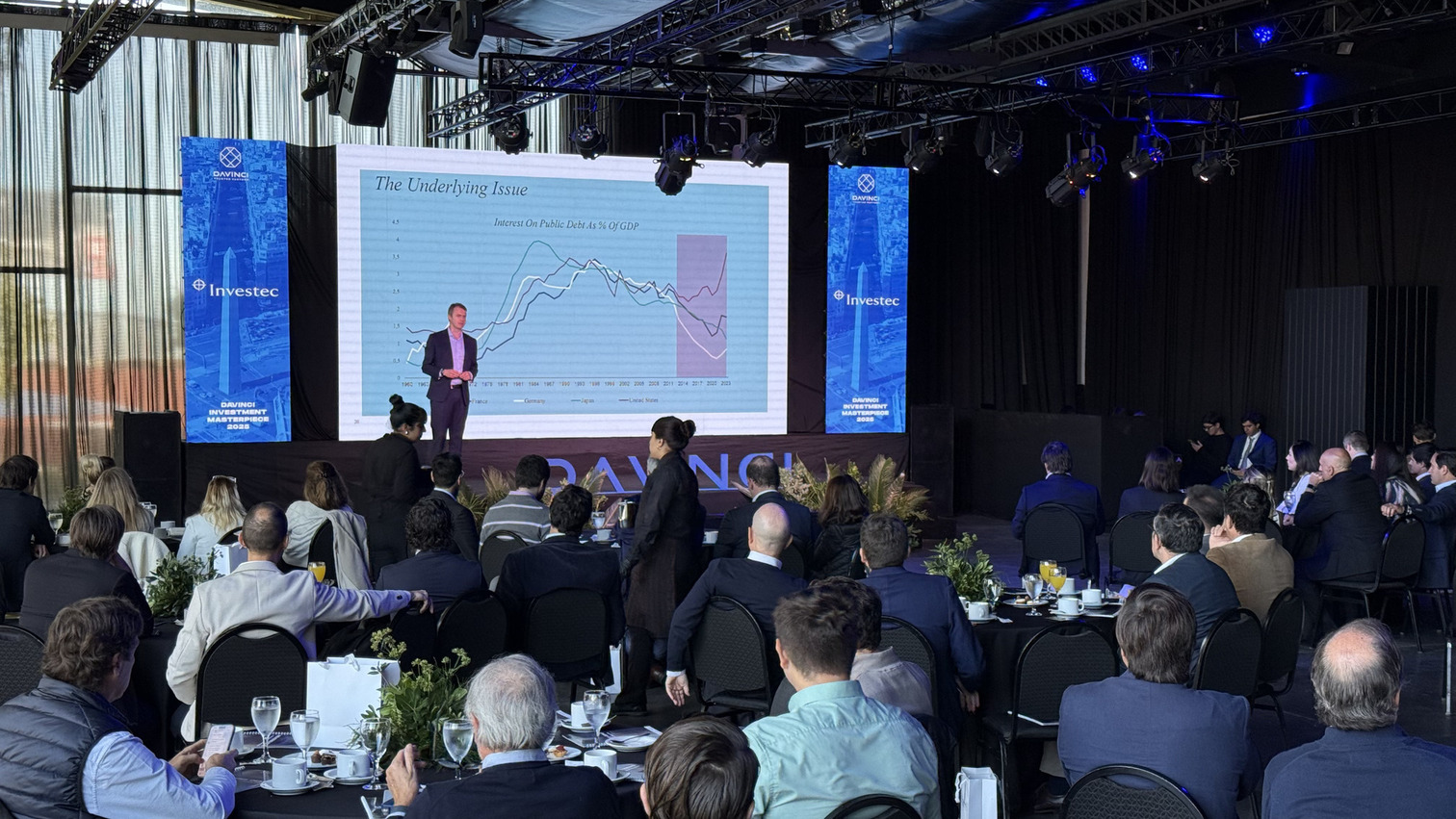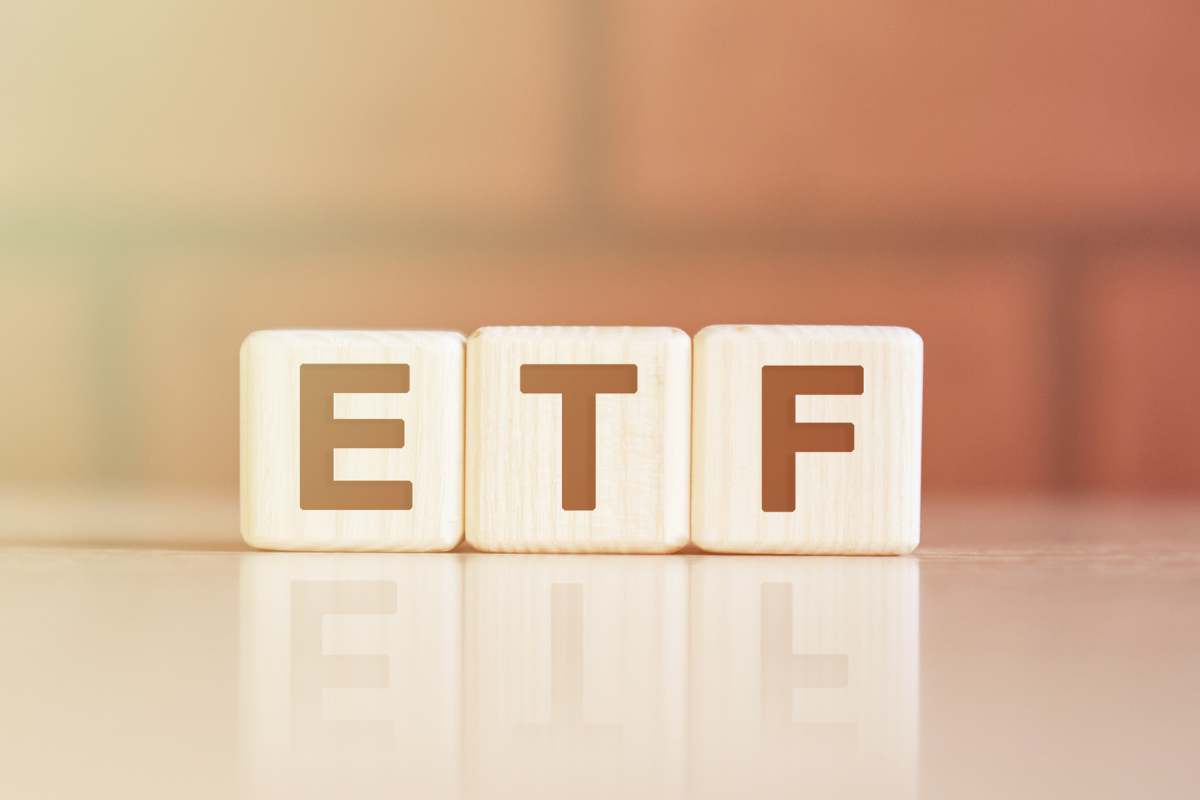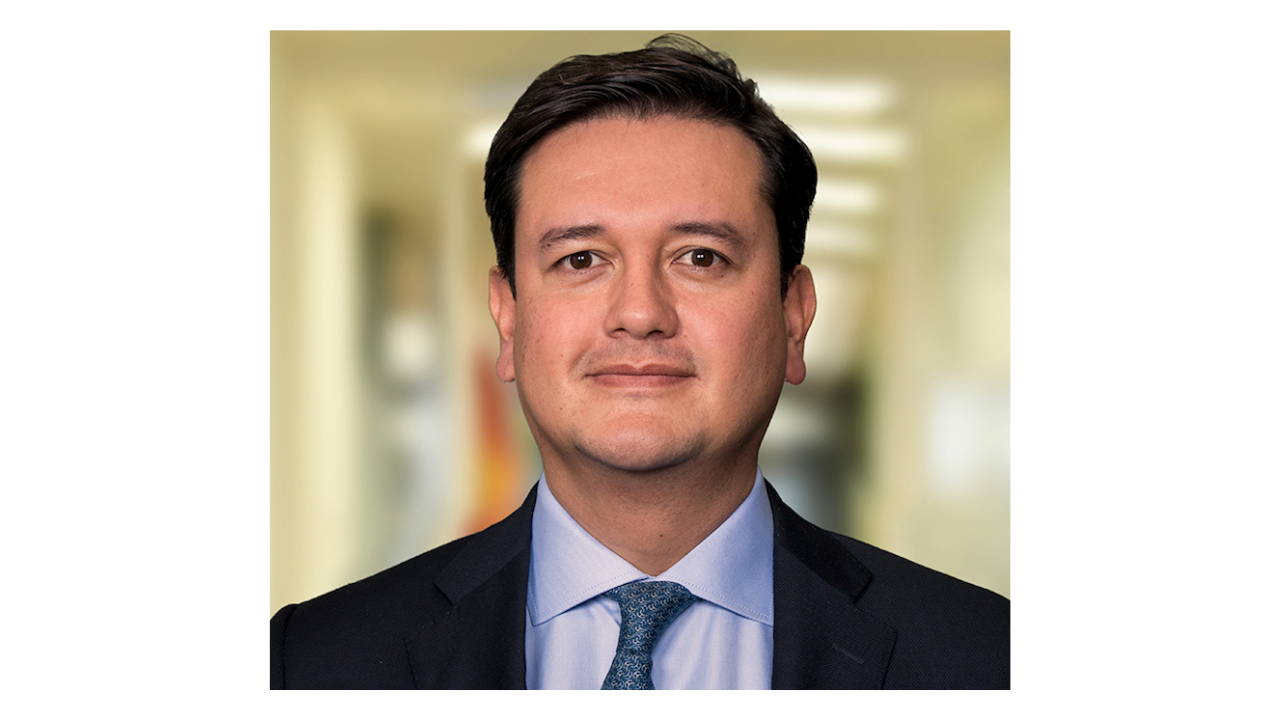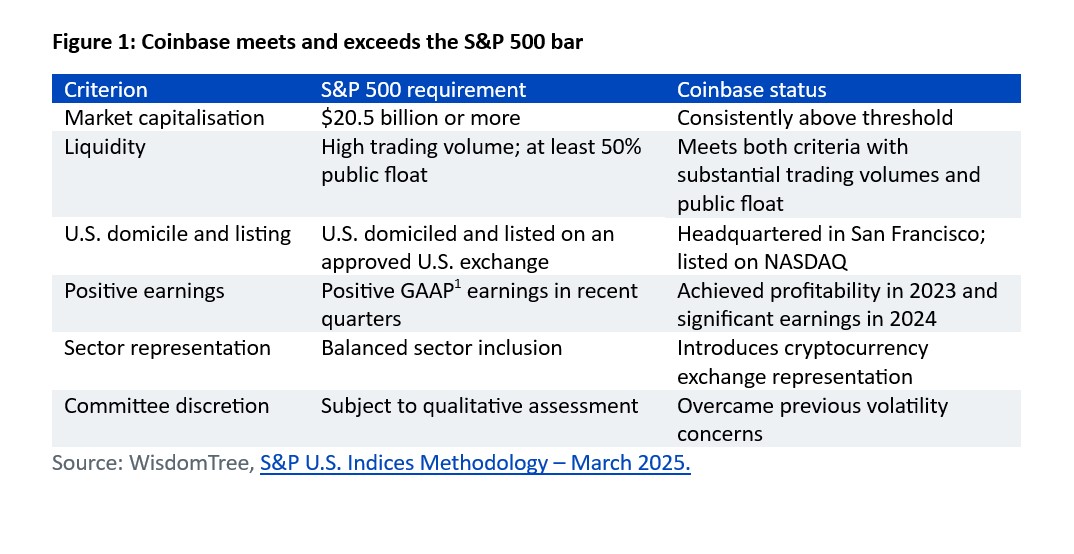Wealthy Families in the U.S. Show Unprecedented Interest in Obtaining Other Nationalities
| For Amaya Uriarte | 0 Comentarios

Remains a Striking Event, within a 2025 already marked by a stream of significant news. Amid the flood of commentary, a wealth-focused analysis by Basil Mohr-Elzeki, Managing Partner at Henley & Partners North America, stands out. He reveals an unusual increase in interest among wealthy families in seeking alternative residence options abroad.
“The United States presents a fascinating paradox. As the richest country in the world and home to the highest concentration of millionaires, the U.S. simultaneously acts as both the top source of outbound investment and a powerful magnet for attracting wealthy individuals from across the globe,” the analyst explains.
United States: The Undisputed Leader in Wealth
Despite a rocky start in 2025, the United States remains the undisputed leader in the creation and accumulation of private wealth. The country accounts for a staggering 34% of the world’s liquid wealth. The United States is also home to 37% of the world’s millionaires, with just over 6 million high-net-worth individuals, each with more than one million dollars in liquid wealth.
Basil Mohr-Elzeki explains that this concentration of wealth has accelerated over the past decade, with the U.S. experiencing 78% millionaire growth from 2014 to 2024—making it the best-performing market during this period, slightly ahead of China, which saw 74% growth. It is worth noting that the rest of the W10 countries have stayed below 30% in the growth of their resident millionaire populations.
This dominance in wealth spans all segments. The U.S. is home to more than 10,800 of the world’s 30,450 centi-millionaires (those with over 100 million U.S. dollars) and more than 860 of the 2,650 billionaires worldwide.
The Engine of American Wealth
Several factors have combined to make the U.S. the top-performing country over the past decade, both in millionaire growth and in per capita wealth growth.
The remarkable strength of the U.S. stock market has had a major impact, with the average American centi-millionaire holding more than 50% of their liquid wealth in U.S. equities. The country has also seen strong wealth growth in fast-expanding hubs such as Scottsdale, the Bay Area, Washington D.C., Austin, Dallas, and several cities in Florida including West Palm Beach, Miami, and Tampa.
America’s dominance in high-growth technology sectors provides significant advantages over Europe. Nearly all the world’s leading tech companies are headquartered in the U.S., fueling a booming private capital market with the emergence of a large number of American unicorn startups.
The U.S.’s Magnetism for Millionaires and the Search for More Options
Perhaps most revealing is the persistent pull the U.S. exerts on migrating millionaires. In 2024 alone, the U.S. attracted approximately 3,800 high-net-worth individuals, 95 centi-millionaires, and 10 billionaires—particularly notable since these last two groups are often company founders and entrepreneurs. We expect this number to be significantly higher this year.
Record Interest in Investment Migration Abroad
Despite this wealth, “we are witnessing unprecedented interest from U.S. citizens in obtaining alternative residence and citizenship options abroad,” the expert notes.
Data from Henley & Partners reveals a 183% increase in inquiries from U.S. citizens when comparing the first quarter of 2024 to the first quarter of 2025. Notably, we recorded a 39% increase in inquiries from U.S. investors in Q1 2025 compared to Q4 2024, indicating sustained growth beyond the initial electoral response.
“Our application figures provide further context: so far in 2025, U.S. citizens account for more than 30% of all investment migration applications submitted through Henley & Partners—nearly double the combined total of the next five investor nationalities, including Turks, Indians, and Britons,” the note states.
This shift reflects evolving perspectives among high-net-worth Americans. Most view investment migration as sophisticated risk management, creating a “Plan B” that gives them and their families the option to relocate if necessary or desired. Motivations include geopolitical risk diversification, increased global mobility, business expansion, access to alternative education and healthcare, and cross-border legacy planning for future generations. They are seeking alternative residences and citizenships for wealthy Americans in regions including, but not limited to, Europe, the Caribbean, and the South Pacific.
Success of the EB-5 Program in the United States
While Americans secure options abroad, the U.S. retains its status as a top destination for the global migration of high-net-worth individuals. The U.S. EB-5 Immigrant Investor Program continues to demonstrate impressive resilience.
Since 1990, this program has facilitated over 55 billion dollars in foreign direct investment from carefully vetted immigrant investors, generating around 1.4 million U.S. jobs nationwide and contributing billions of dollars in tax revenue. All of these benefits have been achieved at no cost to U.S. taxpayers.
This consistent performance underscores the enduring appeal of the United States for global investors seeking opportunity and growth potential. Interest in the program has steadily increased, with a 325% rise in inquiries between 2019 and 2024. It currently ranks as the sixth most sought-after program at Henley & Partners and the fourth most popular residence program.
The Dual Dynamic of the United States as Both a Leading Source and Destination of Investor Migration Reflects the Country’s Unique Position in the Global Wealth Ecosystem
These trends, far from being contradictory, highlight the growing sophistication of wealth mobility.
Wealthy Americans are increasingly seeking strategic options through investment migration, while the United States continues to maintain strong global appeal for investors and entrepreneurs. This apparent paradox does not signal decline; rather, it illustrates the continued evolution of the United States as the world’s leading wealth hub.










